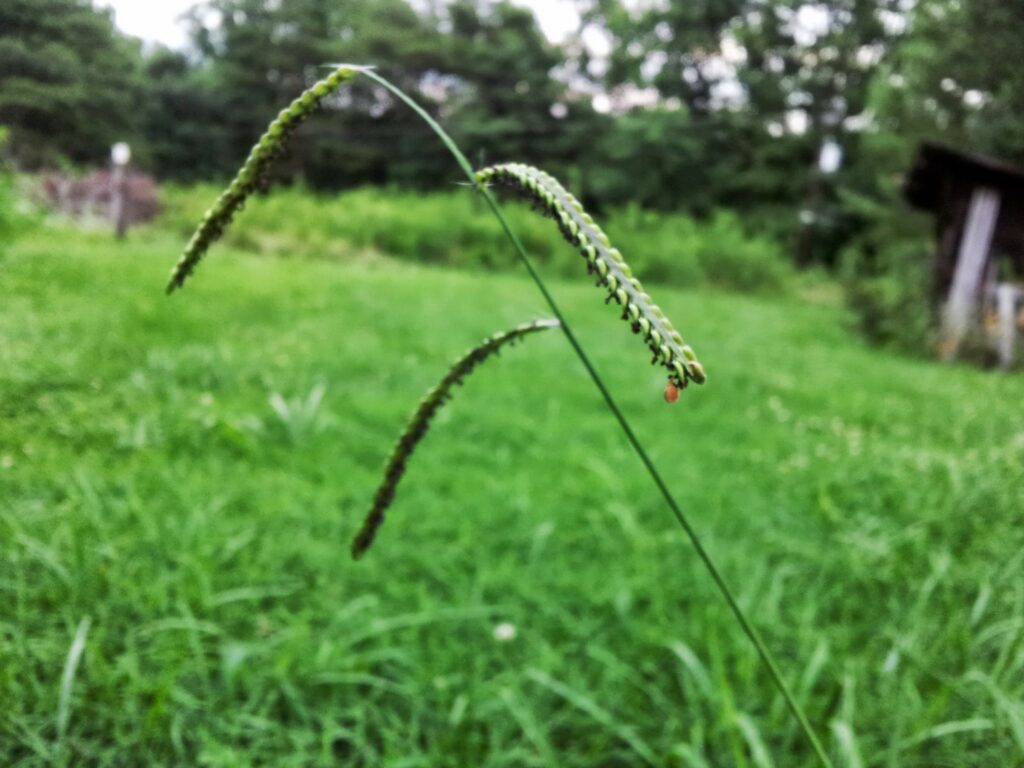By Bill Swantner, Bexar County Master Gardener
This is the first in a series of articles about weeds and weed control. Herbicides are the most common treatment for weed control. But before getting started, you might want to add these words to your vocabulary, as there are a wide variety of herbicide treatments:
- Pre-emergent herbicides interrupt the development of the weed seed
- Post-emergent herbicides kill weeds that are already grown
- Selective herbicides control specific weeds
- Non-selective herbicides kill any plant with which they come into contact
The term MOA (mode of action) refers to the biological process that the specific herbicide uses to interrupt normal plant growth and development.
Knowing an herbicide’s MOA is important: it is possible that if only one MOA is used to treat weeds, the targeted weeds might develop a resistance to the herbicide. Professional horticulturalists recommend that gardeners have available, or be familiar with, at least 2-3 herbicides that have different MOAs.

TYPES OF MOAs
While there are 11 types of MOAs, the four discussed below are some of the most important that every gardener should have in their toolkit:
- ALS/AHAS inhibitors block the normal function of an enzyme which is critical to plant development. Two effective products are:
- Image, a post-emergent herbicide that prevents the production of some amino acids that are needed for normal plant growth and development, and
- Sedgehammer, a selective, post-emergent herbicide that stops the growth of roots and shoots within sedges
- Root Growth Inhibitors are herbicides that prevent or slow down cell division. Two products that address this issue are:
- Nitro-Phos Barricade’s active ingredient is prodiamine. This substance has an MOA of preventing root growth and seed germination of specific weeds.
- Hi-Yield Turf & Ornamental Weed & Grass Stopper with Dimension. Dithiopyr, the active ingredient in this product, has an MOA that inhibits root growth, preventing the roots of the weed from growing.
- Growth Regulators cause the plants to grow themselves to death. There are at least four effective products on the market that you might consider:
- Hi-Yield Triclopyr Este contains an active ingredient called triclopyr. When applied, the plants rapidly take in this substance through leaves and roots. This uncontrolled plant growth leads to plant death. Read the warnings for this product as it may injure certain turfgrass species, including bahia grass, bent grass, Bermuda grass, centipede grass, St. Augustine grass, or zoysia grass. It also should not be applied to exposed roots of shallow rooted trees and shrubs.
- Hi-Yield 2, 4-D is used on a wide variety of broadleaf weeds but has a negligible effect on grasses. Instead, it kills plants by causing the cells in the tissues that carry water and nutrients to divide and grow without stopping.
- Ortho Weedclear: Weed Killer for Lawns has the same active ingredient as the product listed above.
- Spectracide Weed Stop for Lawns
- Inhibitors of EPSP Synthesis prevent the weed from making the proteins necessary for growth. Two products that have been shown to be effective are:
- Spectracide Weed and Grass Killer
- Roundup
USING HERBICIDES
Beware: when selecting an herbicide it is critical to read and follow the instructions. Should gloves, eyewear, or a mask be worn for protection? Should the plant be wet or dry? Does the product need to be watered in? What is the possible collateral damage to other vegetation? Is the product safe for vegetable gardens?
If you want to get “more into the weeds,” check out these two websites:
- https://agrilifeextension.tamu.edu/library/landscaping/a-homeowners-guide-to-herbicide-selection-for-warm-season-turfgrass-lawns/
- http://publications.tamu.edu/TURF_LANDSCAPE/PUB_turf_Herbicides%20for%20Weed%20Control%20in%20Turfgrass.pdf
Note that the product names used in this article are for reference only and should not be considered endorsements.
